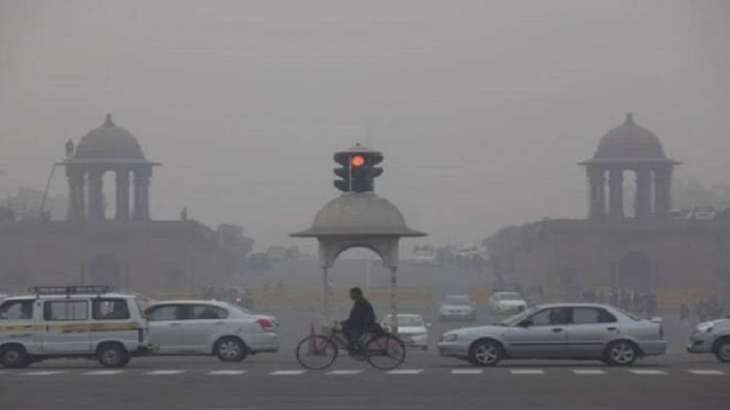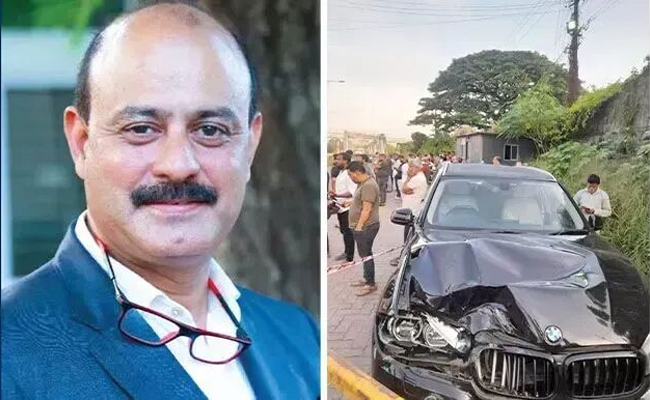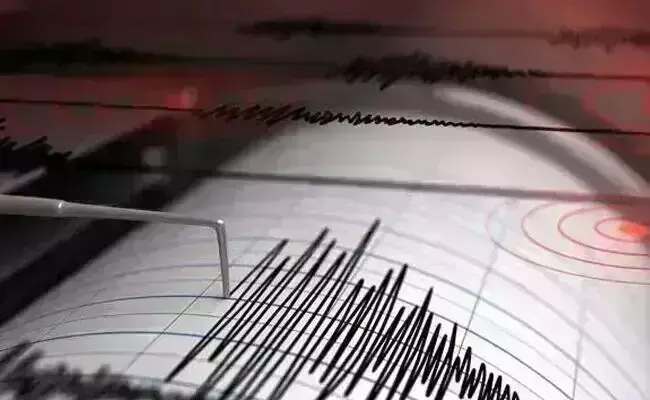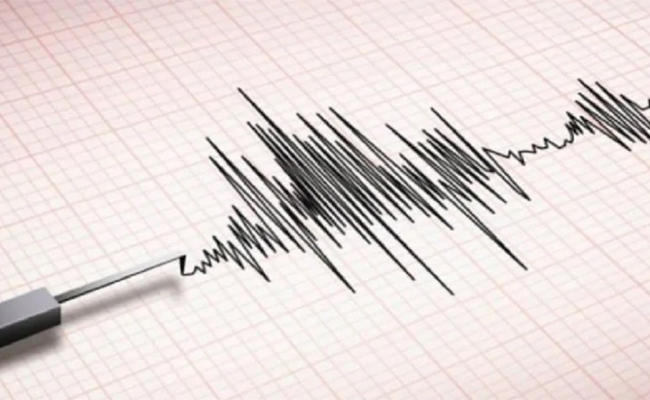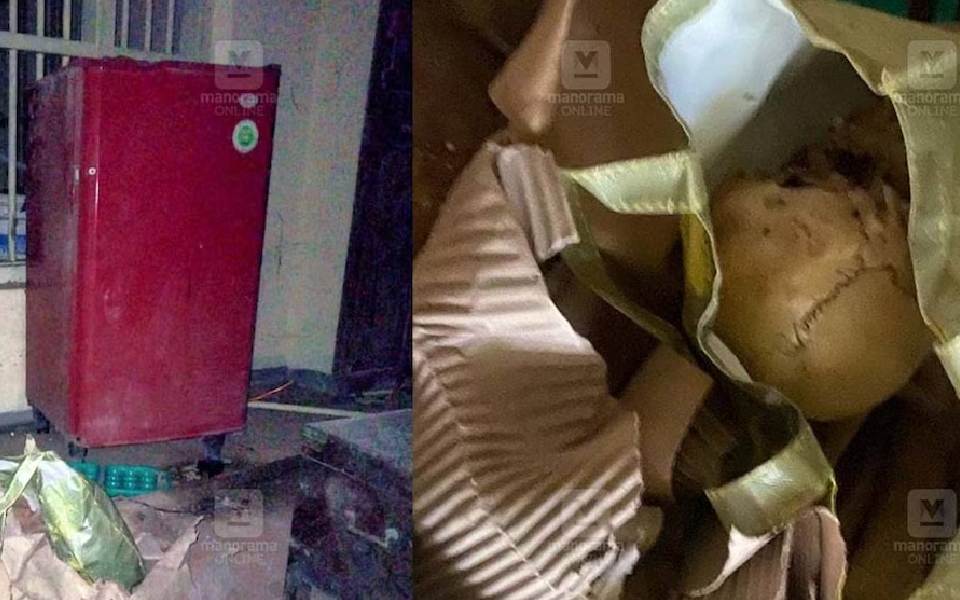New Delhi, Aug 29: Delhi has emerged as the world's most polluted city in a new study which has also found that its residents are on track to lose 11.9 years of life if the current levels of pollution continue to be higher than the limit set by WHO.
The Air Quality Life Index (AQLI) released by the Energy Policy Institute at the University of Chicago also showed that all of India's 1.3 billion people live in areas where the annual average particulate pollution level exceeds the 5 g/m3 (micrograms per cubic meter) limit set by World Health Organization (WHO).
It also found that 67.4 per cent of the country's population lives in areas that exceed the country's own national air quality standard of 40 g/m3.
The study said fine particulate air pollution (PM2.5) shortens an average Indian's life expectancy by 5.3 years, relative to what it would be if the 5 g/m3 pollution limit set by (WHO) was met.
The AQLI said Delhi is the most polluted city in the world and if the current pollution levels persist, its 18 million residents are on track to lose 11.9 years of life expectancy on average relative to the WHO limit and 8.5 years relative to the national guideline.
"Even in the least polluted district in the region - Pathankot in Punjab - particulate pollution is more than seven times the WHO limit, taking 3.1 years off life expectancy if current levels persist," it said.
Particulate pollution has increased over time. From 1998 to 2021, the average annual particulate pollution increased by 67.7 per cent in India, further reducing average life expectancy by 2.3 years, the report said.
From 2013 to 2021, India was responsible for 59.1 per cent of the world's increase in pollution.
In the most polluted region of the country the northern plains 521.2 million residents or 38.9 per cent of India's population are on track to lose eight years of life expectancy on average relative to the WHO guideline and 4.5 years relative to the national standard if current pollution levels persist.
Though particulate pollution in the northern plains is exacerbated by geological and meteorological factors, the AQLI's dust and sea salt-removed PM 2.5 data imply that human activity plays a key role in generating severe particulate pollution.
That is likely because the region's population density is nearly three times the rest of the country, meaning more pollution from vehicular, residential and agricultural sources, the study said.
"Three-quarters of air pollution's impact on global life expectancy occurs in just six countries -- Bangladesh, India, Pakistan, China, Nigeria and Indonesia -- where people lose one to more than six years of their lives because of the air they breathe," said Michael Greenstone, the Milton Friedman Distinguished Service Professor in Economics and creator of AQLI.
In 2019, India declared a "war against pollution" and launched its National Clean Air Programme (NCAP), signalling its desire to reduce particulate pollution.
NCAP aimed at reducing by 2024 particulate pollution by 20 to 30 per cent nationally relative to 2017 levels and focused on 102 cities that were not meeting India's national annual average PM2.5 standard. These cities have been termed "non-attainment cities".
In 2022, the government announced its revamped particulate pollution reduction target for NCAP, setting no national goal but increasing its ambition at the city level. The new target is a 40 per cent reduction relative to 2017 levels for 131 non-attainment cities by 2025-26.
The report said that if the revised target is met, these cities' overall annual average PM2.5 exposure would be 21.9 g/m3 lower than 2017 levels.
"This results in a life expectancy gain of 2.1 years for an average citizen living in these specific 131 cities and increases the life expectancy of an average Indian in the country by 7.9 months. Thirty-eight of these 131 targeted cities (almost 30 per cent) belong to the northern plains of India," the report said.
Let the Truth be known. If you read VB and like VB, please be a VB Supporter and Help us deliver the Truth to one and all.
Mangaluru: The Surathkal police have filed a chargesheet in court against six individuals in connection with the alleged suicide of community leader and businessman Mumtaz Ali. The chargesheet, comprising over 600 pages, was submitted to the JMFC court in Mangaluru on Monday.
The main accused include Rahmat (a resident of Krishna Nagar 7th Block), her husband and the fifth accused Shuhaib, the second accused Abdul Sattar, the third accused Kalandar Shafi (a resident of Nandavar), the fourth accused Mustafa (a resident of Krishna Nagar), and Siraj, the sixth accused and driver of Sattar’s car. The chargesheet was prepared under the supervision of Surathkal Police Inspector Mahesh Prasad.
On October 7, 2024, Mumtaz Ali’s car was found in an accident-like condition near the Kuloor Bridge. It was suspected that he had jumped into the Phalguni River. Following this, his daughter filed a missing person’s complaint, while his brother Haider Ali alleged that Rahmat and the other accused had mentally harassed Mumtaz, leading to his suspected suicide.
Based on these allegations, a case was registered and the police began investigations, questioning over 100 witnesses as part of the process.
The search operation in the river concluded on October 8, 2024, when Mumtaz Ali’s body was found. The chargesheet details the findings and evidence gathered during the investigation.

